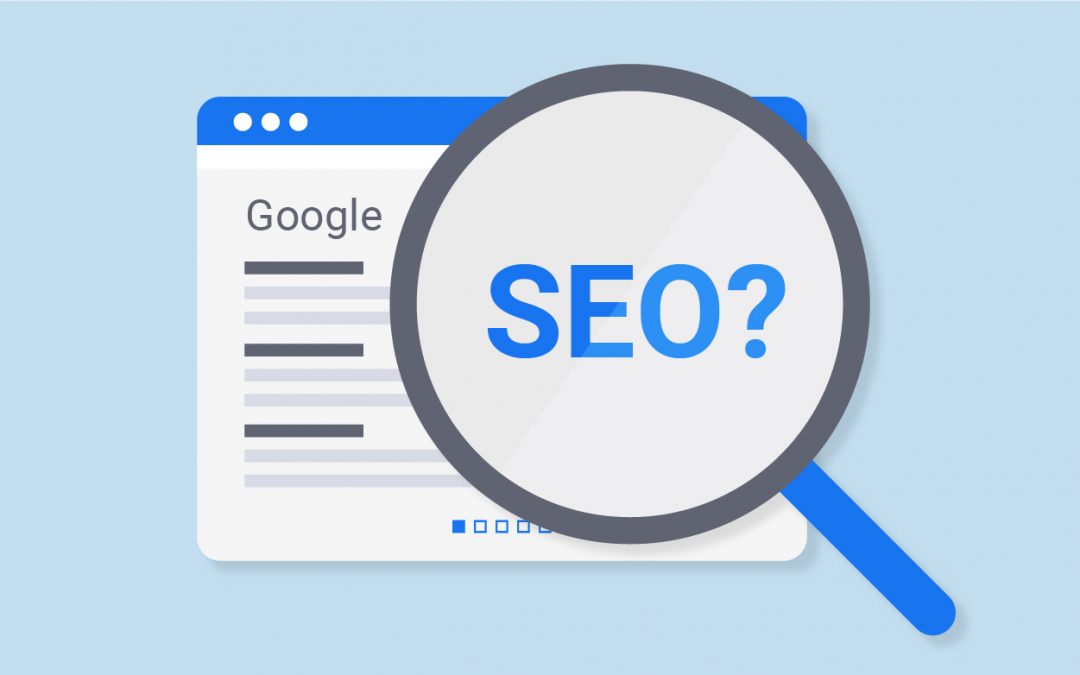SEO stands for Search Engine Optimization. It is the process of arranging your website to be identified by search engines such as Google, Yahoo and Bing based on how best your site content matches and applicable to users for their respective search terms. By doing this properly your website can be ranked and listed in the top of Search Engine Results Pages (SERPs). This is the best way to increase the quality & quantity of traffic to your website from the organic search results on search engines.
Why you need SEO?
SEO improves the Quality of traffic. – It helps to show-up your products & services to the correct audience who are genuinely interested in products or services that you offer at any time at zero cost.
SEO improves the Quantity of traffic. – When you align your site content with best keyword phrases that people search your products & services, and to be seen at the top of Search Engine Results Pages (SERPs), you can reach a larger audience.
SEO gives organic results. – Organic traffic is any traffic that comes to your site from Search Engine Result Pages, without any paid advertising efforts. They are the correct audience who are genuinely interested in the products or services that you offer.
What are the Key SEO Success Factors?
There are more than 200 factors involve in the process of succeeding in search engine optimization. Out of the total list, we will look at a few main SEO success factors below.
A – On-the-page success factors
1. Content
Content is one of the highly weighted “on-the-page” SEO success factors. Search engines look for following criteria’s of your site content.
Content quality – You need to have some quality content about your products & services in your website.
Content research/keyword research – You should have an understanding on how people search your products a& services.
Content freshness – you need to have fresh & latest content about your products & services.
Vertical search – If your content comprises with images, news, maps & videos, it will add value to your rankings.
Direct answers – If your content answers any direct questions that people might ask on your products & services, it will be an added advantage on your SEO efforts.
If your content is right, then you have a solid foundation to support all of your other SEO efforts.
2. SEO Friendly Site Architecture
The right site structure can help your SEO efforts flourish while the wrong site architecture can cripple them.
Site crawlability, Mobile-friendliness, Site speed, descriptive URLs, HTTPS/secure site, HTML title tags, meta description tags, Structured data & Header tags are the main structural features that support SEO positively.
B- Off-the-page success factors
Off-the-page ranking factors are those that site owners do not directly control. No.of back links & quality of those links, country, locality, history, social reputation, and social shares are the main off-the-page ranking factors.
Whilst you optimize for SEO success factors, you should refrain from SEO violations, in order to avoid ranking penalties from search engines.
C – Avoid SEO Violations & Ranking Penalties
There are some techniques that search engines deem “spam” or “black hat,” which could result in your pages receiving a ranking penalty, or worse, being banned from the search engines entirely.
‘Thin’ or ‘shallow’ content, Cloaking , Keyword stuffing, Hidden text, Piracy/DMCA takedowns, Ads/Top Heavy layout, Paid links & Link spam are few of common violations which could result in a ranking penalty.






